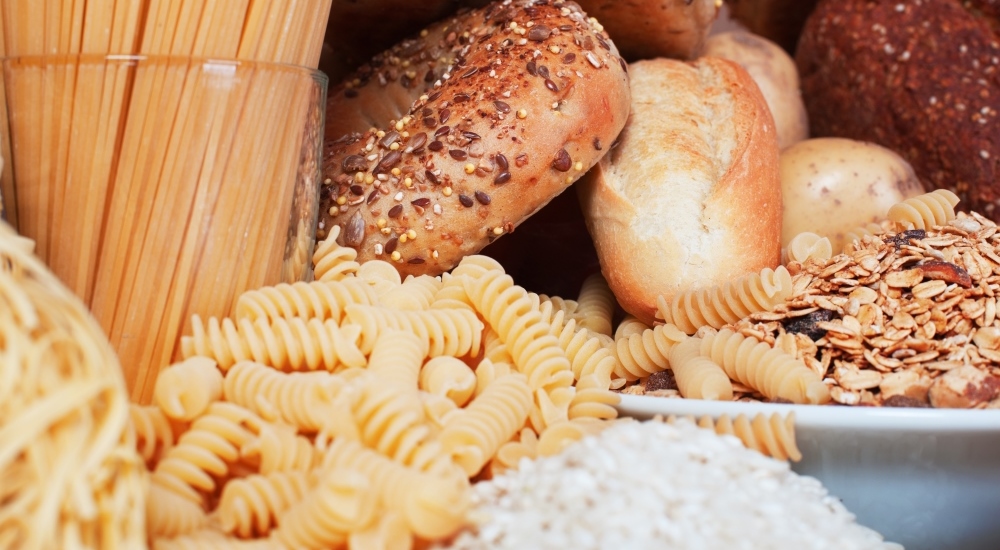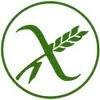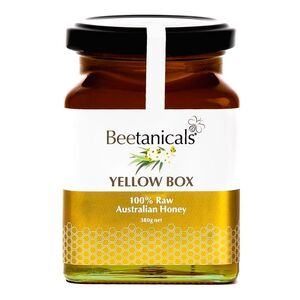Gluten Free
[@access_control@] [@article_id@] [@blog_author@] [@blog_content@] [@blog_id@] [@blog_subheader@] [@blog_subject@] [@category_id@] [@category_name@] [@category_ref@] [@category_subheader@] [@ccat_id@] [@compat_id@] [@compat_list_id@] [@compatcat_description@] [@compatcat_description2@] [@compatcat_fullname@] [@compatcat_name@] [@compatcat_ref@] [@content@] [@content_allow_reviews@] [@content_author@] [@content_compatibility_code@] [@content_description1@] [@content_description2@] [@content_description3@] [@content_external_ref1@] [@content_external_ref2@] [@content_external_ref3@] [@content_external_src@] [@content_fullpath@] [@content_id@] [@content_label1@] [@content_label2@] [@content_label3@] [@content_level@] [@content_module@] [@content_name@] [@content_ref@] [@content_short_description1@] [@content_short_description2@] [@content_short_description3@] [@content_type_code@] [@content_type_id@] [@content_type_name@] [@content_wufoo_form@] [@date_posted@] [@date_updated@] [@description@] [@description2@] [@external_ref@] [@gp_restriction@] [@id@] [@name@] [@page_content@] [@page_editor@] [@page_header@] [@page_id@] [@page_index@] [@page_subheader@] [@parent_ccat_id@] [@parent_content_id@] [@parent_id@] [@rating@] [@reviews@] [@short_description@] [@sortorder@] [@subtitle@] [@templatebody@] [@templatefoot@] [@templatehead@] [@templatesearch@] [@thumb@](CODE) [@thumb_alt@](CODE) [@thumb_alt1@](CODE) [@thumb_content_type_id@] [@timestamp@] [@title@] [@url@]
Gluten free seems to be everywhere these days. Over the last few years we’ve learnt a lot more about coeliac disease and know that coeliacs have to avoid gluten at all costs. The growing interest in a gluten-free lifestyle begins with coeliac disease but could be beneficial to many more people. A gluten-free diet could help people who have autism or IBS or even a stubborn rubber ring of fat around their middles. Let’s dive in and find out all about gluten, what foods it’s in, and how to live gluten free.
.jpg)
What is gluten
Gluten is the mixture of two types of proteins found in wheat, rye, barley and oats.
Who does it affect
A person who has been medically diagnosed with gluten intolerance has coeliac disease. The Coeliac Society of Australia says that 1 in 100 Australians have coeliac disease, but, staggeringly, 75 per cent are undiagnosed. This means that about 160,000 Australians are suffering with the disease but haven’t been diagnosed.
There’s no cure for gluten intolerance, and symptoms can only be managed by following an entirely gluten-free diet.
What are the key symptoms
One of the reasons so many people are don’t know they have coeliac disease is because the symptoms can range from being severe to almost non-existent.
For a coeliac, gluten attacks the walls of the small intestine and causes a whole lot of symptoms. The most noticeable symptoms are high risk and if you have these, we’d advice you go and see your doctor. High-risk symptoms include iron-deficiency anaemia, osteoporosis, autoimmune diseases (such as MS, lupus, rheumatoid arthritis and insulin-dependent diabetes), gastrointestinal symptoms (such as wind, bloating, abdominal pain, nausea, vomiting, constipation, diarrhoea, or a combination of both), weight loss (although sometimes weight gain) and infertility.
A coeliac is unable to properly absorb nutrients, so a sufferer will feel constantly exhausted. This is because they will be low in vitamins, particularly iron, folate, vitamin D and zinc. Other symptoms include easy bruising, recurrent mouth ulcers, skin rashes, irritability, low concentration and bone and joint pains.
What foods have gluten
The most common foods are made from one of the four basic grains of wheat, rye, barley and oats. These grains are the basis for a lot of flours, so gluten is in most breads, pasta and cereals. Gluten’s also in wheat-based processed foods like biscuits, cakes, pastry, pizza, batter and beer.
Other foods are not so obvious, like malt or brown rice syrup that is made from barley, or TVP—Textured Vegetable Protein—that is mainly made from soy flour, but includes wheat flour.
Then there’s the many different forms of wheat such as bran (the outer layer of wheat, oats or barley), wheat germ (the germ of the wheat kernel), bulgar (soaked, dried and cracked wheat kernel), seitan (washed wheat flour) and couscous which is semolina (coarsely-ground wheat) dusted with flour.
Even spelt flour, which is sometimes held up as being safe for those who are gluten intolerant, is actually a far distant cousin of wheat.
To add to the confusion, gluten is often hidden under such labelling as starch, malt, natural flavouring, lectin, caramel colour, dextrin or monosodium glutamate. The key, as the Coeliac Society advices, is to read the labels, and to refer to a reliable list of safe ingredients.

Alternative ingredients
The good news is that there are heaps of foods that don’t have any gluten. Fresh fruits and vegetables, legumes, rice, corn, meat, eggs, nuts and milk are all naturally gluten-free.
There are lots of alternatives to gluten-containing food. In flours, these include almond meal, chickpea flour (besan), brown rice flour, buckwheat flour (which comes from the beetroot, not from wheat), maize, cornflour (check the labels for gluten free), potato flour and soya flour.
Supermarkets sell pre-packaged gluten-free flour, which tend to be a little starchy. Gluten gives flour a lovely elasticity, while gluten-free flour tends to stick and rip. Bette Hagman, pioneer of gluten-free cookbooks gives recipes for mixing your own flours that will help.In baking, you will have to make friends with a binding agent, such as xanthan gum, or else you’ll have lots of delicious tasting crumbs but no cake.
Rices that are gluten-free are arborio rice (which makes fluffy risotto), basmati (also low GI), brown rice, glutinous rice (also called sticky rice: glutinous refers to its sticky texture, not to gluten), jasmine rice, wild rice and long- and short-grain rice.
Quinoa (pronounced keen-wa) is also highly recommended for a gluten-free lifestyle. It’s one of those superfoods that are packed with protein, fibre, amino acids, vitamins and minerals. This tiny grain-like seed is really versatile and can be boiled like rice, quickly germinated to release even more vitamins, simmered like breakfast oats or added to soup like barley. You’ll have to wash it well a few times before you use it because it has a naturally bitter taste that washes off in water. One word of warning: stay away from the cardboardy puffed varieties.
The rise of Gluten Free products
Even a cursory stroll around the supermarket and health-food suppliers will find a huge range of gluten-free products. Supermarkets especially sell varying ranges of gluten-free products from sauces to breadcrumbs to muesli to baking powder. Anything that has been labelled gluten free is safe for coeliacs to eat. You may also like to keep an eye out for the following symbol which is used to signify that a product is gluten free.

Always check labels for sugar and sodium levels that are sometimes used to bolster flavour.
Who else would go Gluten Free
Increasingly, gluten intolerance is not only found in coeliacs. With so many children with food allergies and intolerances, gluten intolerance could be an underlying factor.
Gluten intolerance is one of the underlying symptoms of Leaky Gut Syndrome. In this syndrome, gaps in the intestinal wall leak bacteria and toxins into the bloodstream. Gluten-free living can help relieve the symptoms by reducing the intestine’s irritants and giving the intestines a chance to heal.
There are studies that have indicated that a gluten and casein (dairy) free diet may improve the behaviour of kids with autism spectrum disorders. It’s thought that gluten and casein have an opiate effect on the brains of autistic children that produces hard-to-control behaviour.
Others use a gluten-free diet to control excess weight. Some report an end to bloating and stomach problems.
As with any radical change to the diet, there are disclaimers. If you haven’t been diagnosed with gluten intolerance, but feel you have the symptoms of coeliac disease, doctors recommend that you don’t start living gluten free. If you eliminate gluten, you’ll eliminate the results that would show up in an intestinal biopsy. Specialist care is essential to check for thinning bones and to draw up a balanced gluten-free diet.
For more information:
- The Coeliac Society of Australia can be found at: www.coeliac.org.au. When you join, you receive an ingredient list booklet, a cookbook, a handbook to managing the disease and even a fast-food guide;
- There is a huge range of gluten-free cookbooks, some better than others. Look for books written by dieticians or coeliacs rather than those that have been rushed out to ride a gluten free trend;
- Sue Shepherd is an accredited nutritionist and dietician (and coeliac) who is passionate about gluten intolerance. Her cookbooks are simple to follow and her recipes are delicious. See: www.shepherdworks.com.au
- Bette Hagman’s The Gluten-Free Gourmet Cook series are one of the first gluten-free cookbooks, but remain one of the best;
- For special treats, vegan cake shop, Babycakes NYC’s cookbooks share tricks and tips on how to make luscious gluten-free cupcakes and biscuits.
















